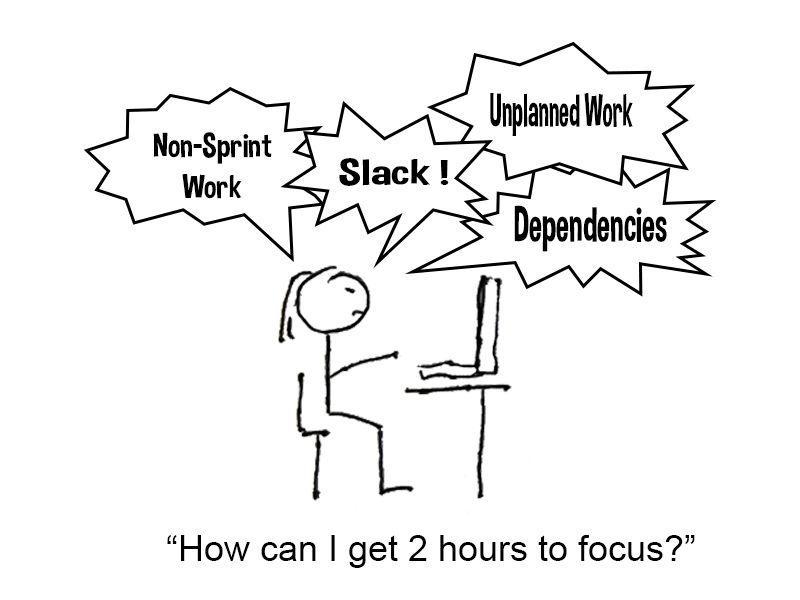
Sprint Planning from Hell
Does your team's Sprint Planning seem like a complete and utter waste of time? Most of the time, the planning isn't the real problem.
Read full articleDeliver the right value with high quality, without feeling micromanaged or wasting time in pointless meetings.
Students certified
Client retention rate
Years of Agile experience

With a few quick questions, we'll help you identify strengths and weaknesses. You'll get your team health report right away with proven remedies to boost productivity and team well-being.
Proud to be the trusted training provider for many of the largest financial, insurance, software, and education organizations, as well as all levels of Canadian government.
Whether you're new to Scrum or a struggling Team, we have what you need to be successful. Learning for every level.

Demystify confusing terms and get a clear understanding of how Scrum helps teams improve. Less jargon, more simplicity.

Learn by doing. Unique and highly-effective workshops move you from theory to practical, real-life application.

If Scrum and Agile aren’t living up to the hype and are making more work for you, learn why and how to fix it.
Learning doesn't begin and end with formal training courses. We provide ongoing support and resources so you can learn at your own pace and improve your workplace, career, and effectiveness.

Does your team's Sprint Planning seem like a complete and utter waste of time? Most of the time, the planning isn't the real problem.
Read full article
That thing where you’re trying to work but... Surviving interruptions in your team. We look at where they come from and how to eliminate them.
Read full article
Learn what it takes to go from Working Group to True Team. Hint, there is hard work involved.
Read full articleA practical plan for Scrum team success, to guide you through your first few months after class and help you be effective long-term.
Get professional input on the unique issues you’re facing at your organization in a coaching session with Mark after training.
When you’re confused about Scrum or Agile, you can access reputable information, including a Glossary and Resource Library.
A safe online space to ask questions and get experienced answers when you run into challenges with Scrum and Agile.
Fun and friendly virtual meet-ups to discuss Scrum and Agile. Hear from Mark and others what has and hasn’t worked for them.
You’ll gain valuable skills and learning from our certification workshops, or we’ll refund your registration price.
Explore what Scrum is and how to make it work for you in our Scrum Certification training. Hands-on learning will guide you to improve teamwork, deliver quick feedback, and achieve better products and results.
Focuses on the role of the team and the ScrumMaster. Get the skills and practical experience necessary to improve teamwork, take the exam, and advance your career with a certification that is in high demand today. Often the best fit for anyone new to Scrum.
Learn on-the-job applications of key Scrum concepts, skills, principles, along with practical solutions that you can apply the next day for difficult, real-life situations.
Everything you need to earn your Scrum Alliance® ScrumMaster certification, including exam fee and membership, and so much more.
With focus on the challenges that real teams face, and tools to dig deeper. You don’t need more boring Scrum theory. You need something you can sink your teeth into to see immediate results.
This workshop is not just for software development or people with a computer science degree. We’ve helped many non-software teams with Scrum.
Use Scrum knowledge to standout at work, get paid more, and impress your customer, all without burning out.
Our active Scrum community forum is a safe place to ask questions. Long after you earn the Certified Scrum Master certification, you will have access to the forum, course materials, and additional valuable resources.